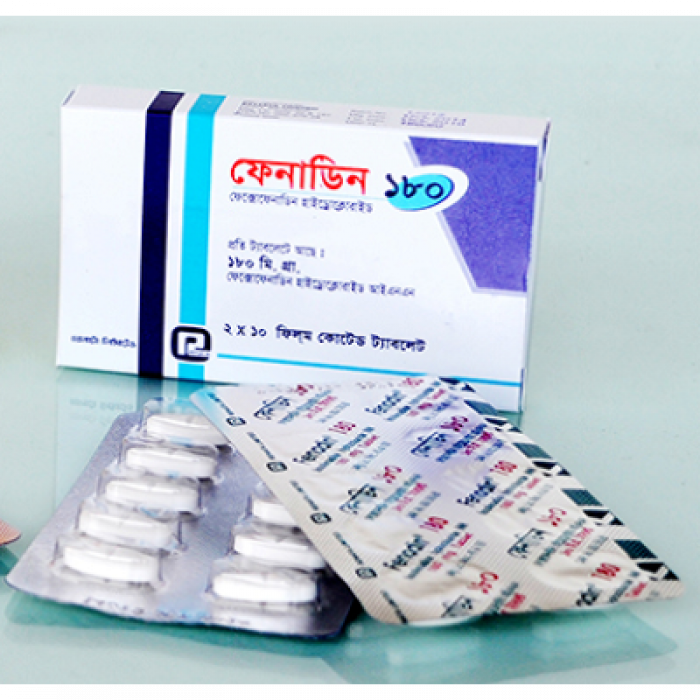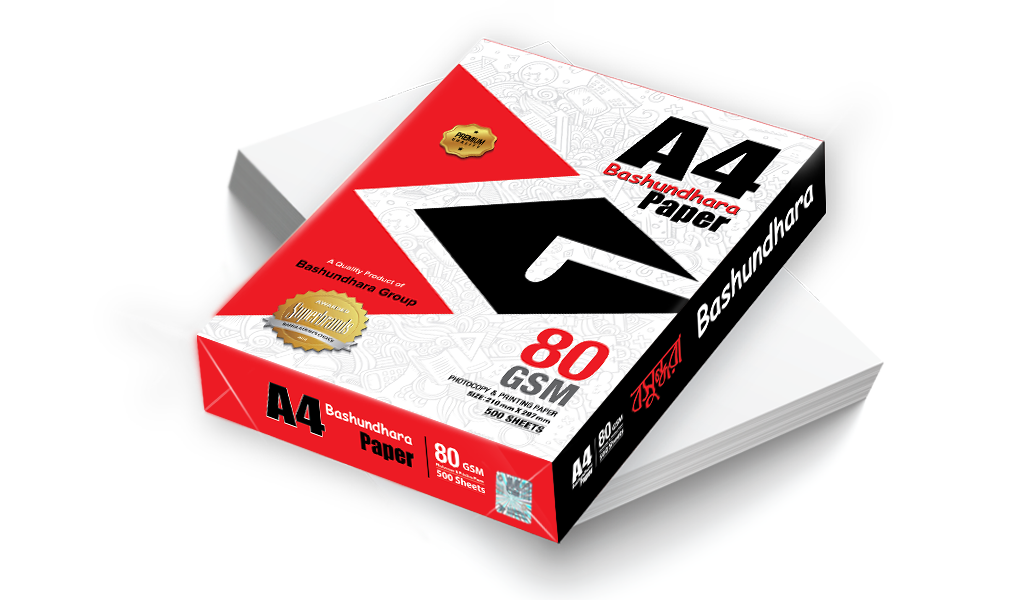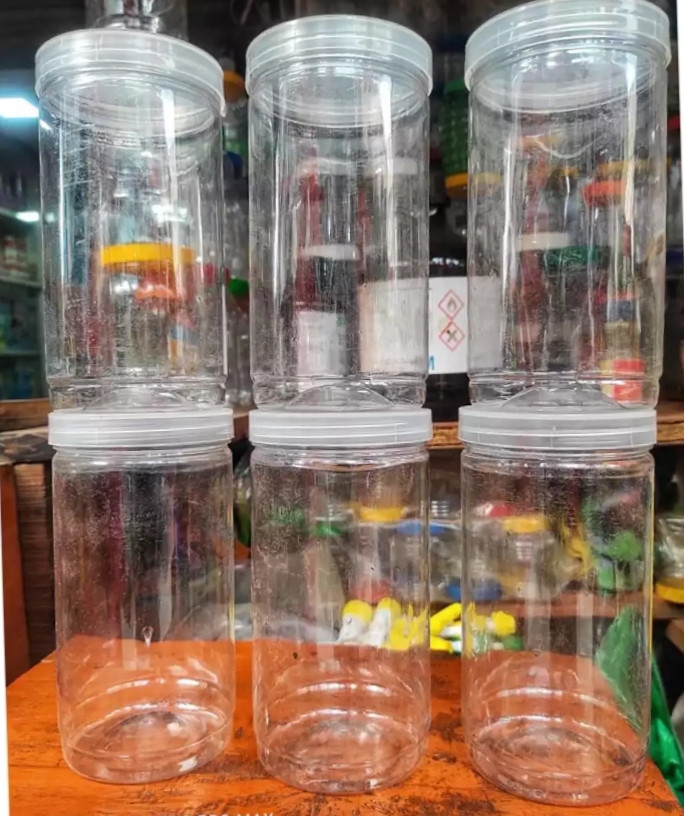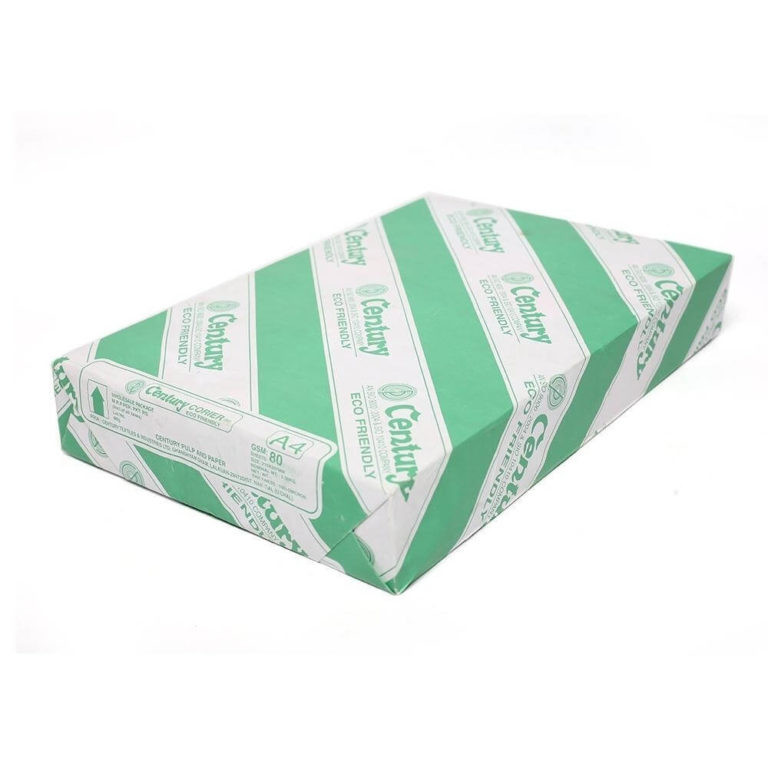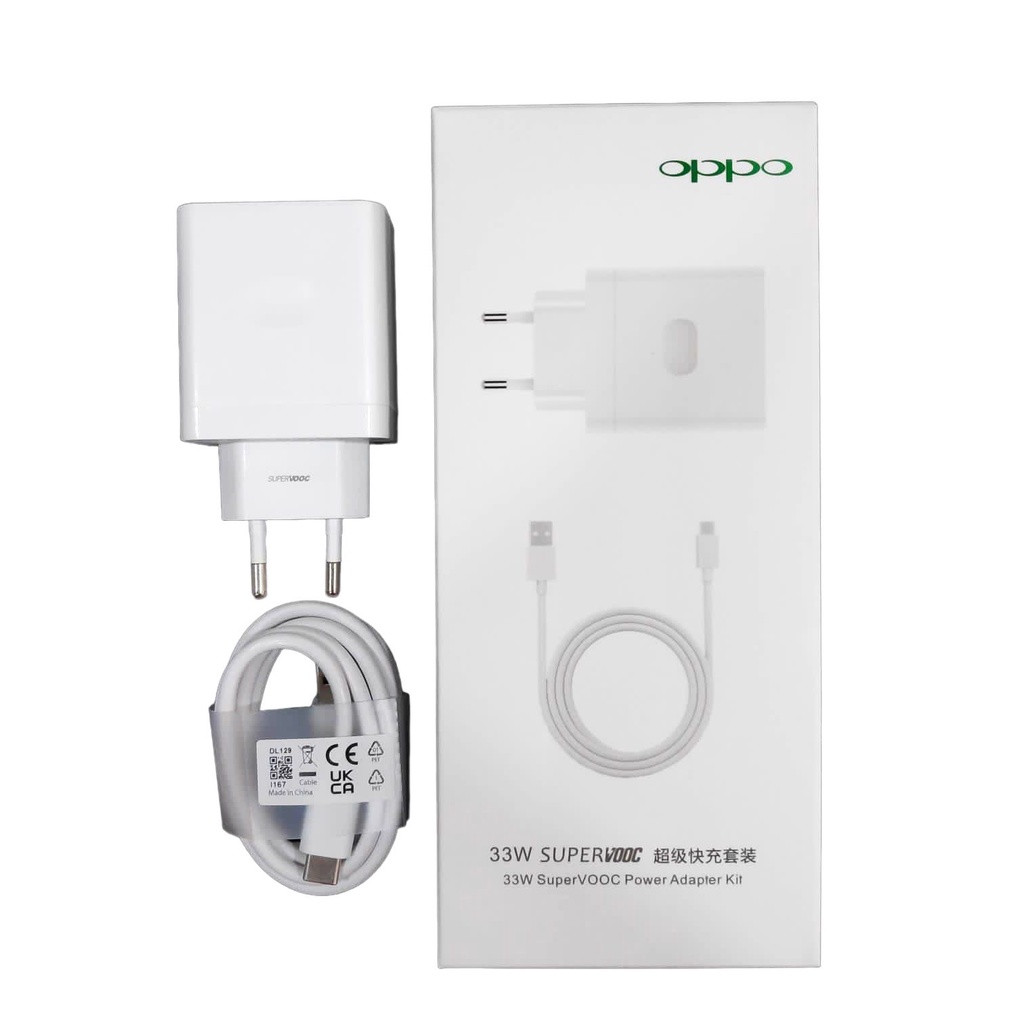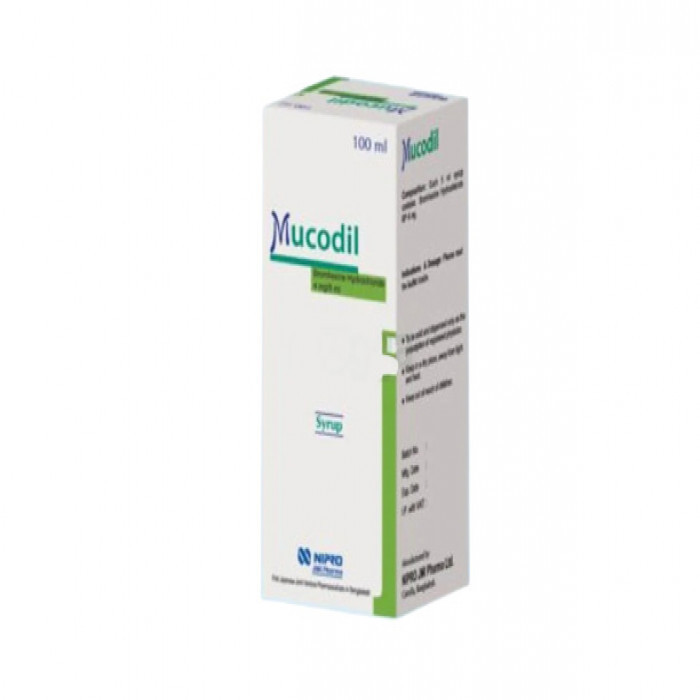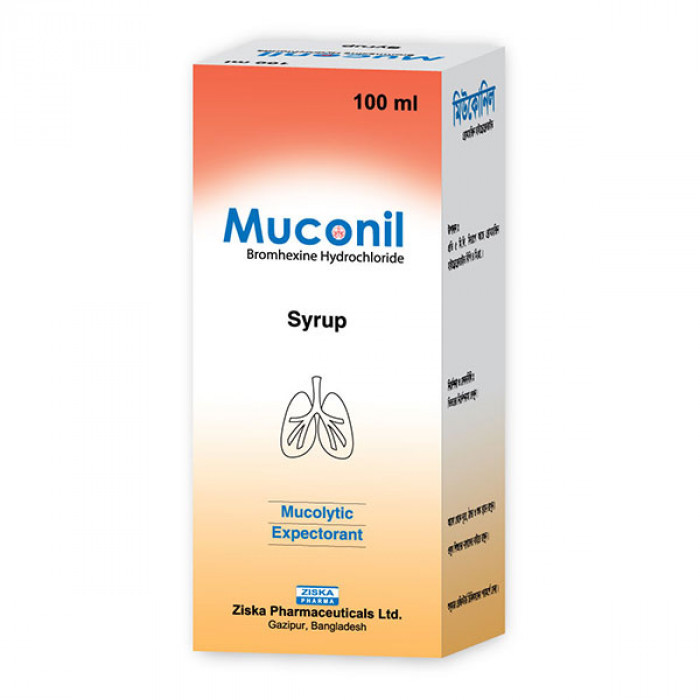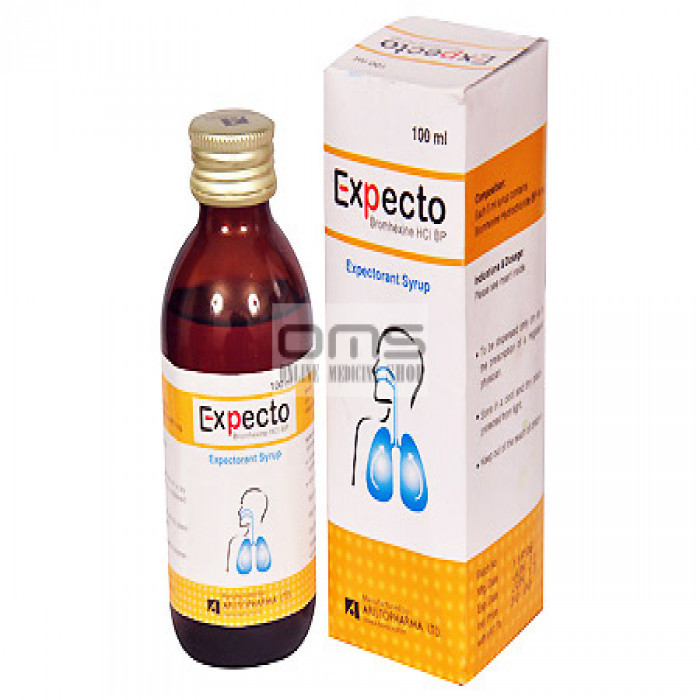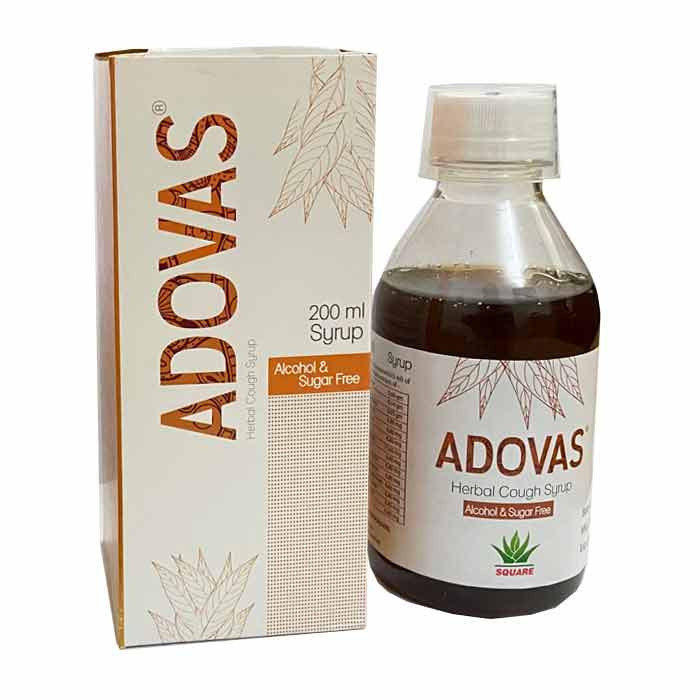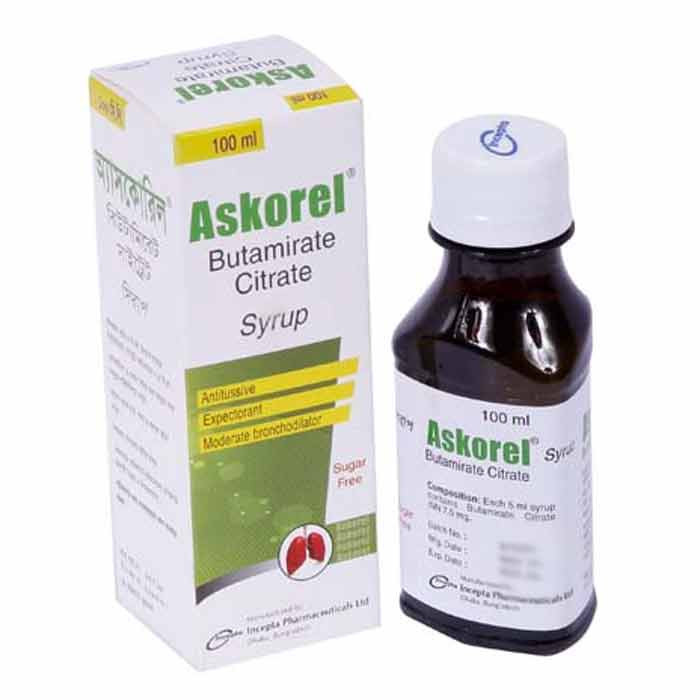-
Bashundhara A4 80 GSM
৳530.00 -
Rich Dad Poor Dad
৳170.00 -
Plastic Jar 1000 mL 6 pcs
৳140.00 -
Century 70 GSM A4 Offset Paper
৳320.00
Short Info
- Brand: Renata Limited
- Generic: Fexofenadine Hydrochloride 180 mg
- Type: Tablet
- Pack Size: 10 Pcs
More in Detail
Fenadin 180 is a member of the class of drugs known as antihistamines. It is employed in the treatment of a number of allergic diseases, including hay fever, conjunctivitis, and some skin reactions like eczema, hives, and reactions to bites and stings. Additionally, it stops itching, sneezing, runny nose, and watery eyes. It is best to take Fenadin 60 on an empty stomach. Depending on what you are using it for, the dosage may change. Take it exactly as your doctor has advised.
Pharmacology
The antihistamine fexofenadine hydrochloride works by obstructing peripheral H1 receptors. It is quickly absorbed after oral administration and reaches its peak plasma concentration in two to three hours. The blood-brain barrier doesn't seem to be able to stop it from entering.
Dosage & Administration
idiopathic chronic urticaria
Those over the age of 12 and adults:
- 120 mg once daily, 180 mg once daily, or 60 mg twice daily
- When renal function is compromised, take 60 mg once a day.
youngsters aged 6 to 11:
- 30 mg twice daily or 60 mg once daily in a tablet
- If your kidneys aren't working properly, take 30 mg once a day.
children aged six months to under two years:
- 15 mg or 2.5 ml (1/2 tsp) twice daily in suspension
- If renal function is impaired, take 15 mg or 2.5 ml (1/2 tsp) once daily.
youngsters aged 2 to 11:
- 30 mg or 5 ml (1 tsp) twice daily suspension
- If renal function is impaired, take 30 mg or 5 ml (1 tsp) once daily.
Rhinitis Allergic to Season
- Those over the age of 12 and adults:
- 120 mg once daily, 180 mg once daily, or 60 mg twice daily
- When renal function is compromised, take 60 mg once a day.
youngsters aged 6 to 11:
- 30 mg twice daily or 60 mg once daily in a tablet
- If your kidneys aren't working properly, take 30 mg once a day.
toddlers through eleven-year-olds
- 30 mg or 5 ml twice the daily suspension
- If renal function is impaired, take 30 mg or 5 ml once daily.
Interactions
When taken with erythromycin or ketoconazole, the plasma levels of Fexofenadine Hydrochloride increased. Fexofenadine Hydrochloride absorption is reduced by antacids that contain aluminum and magnesium hydroxide.
Contraindications
Contraindicated in patients with known hypersensitivity to Fexofenadine Hydrochloride or any of its ingredients.
Side-Effects
Common side effects are headache, fatigue, drowsiness, nausea, dry mouth, and gastrointestinal disturbances.
Pregnancy & Lactation
US FDA pregnancy category of Fexofenadine Hydrochloride is C. So, Fexofenadine Hydrochloride should be avoided in pregnancy and lactation unless the potential benefits to the other outweigh the possible risks to the fetus.
Precautions & Warnings
Caution should be exercised in elderly patients and patients with decreased renal function
Storage Conditions
Keep in a dry place away from light and heat. Keep out of the reach of children.
